By Rick VanSickle
One of the more puzzling revelations with the current grape surplus in Niagara was the shocking amount of Riesling sitting on the vines unsold.
It led all vinifera categories in a report by Wines in Niagara earlier this week, which can be read here, with 320 tonnes of Riesling still unsold by growers. I went back and looked at the numbers again, and it just got worse, with a further 50 tonnes newly listed from Oct. 1 to Oct. 17. Are we witnessing the slow, painful death of Riesling in Niagara, one of five super star grapes, along with Chardonnay, Pinot Noir, Cabernet Franc, and Gamay, that the region does best? I really hope not.
Also in this Ontario Wine Report: Two new white wines from The County’s Lighthall Vineyards and our picks of the Niagara wines being released at Vintages stores on Saturday, including Westcott Pinot, Bachelder Pinot, Stoney Ridge Tragically Hip wine and Bella Terra bubbly.
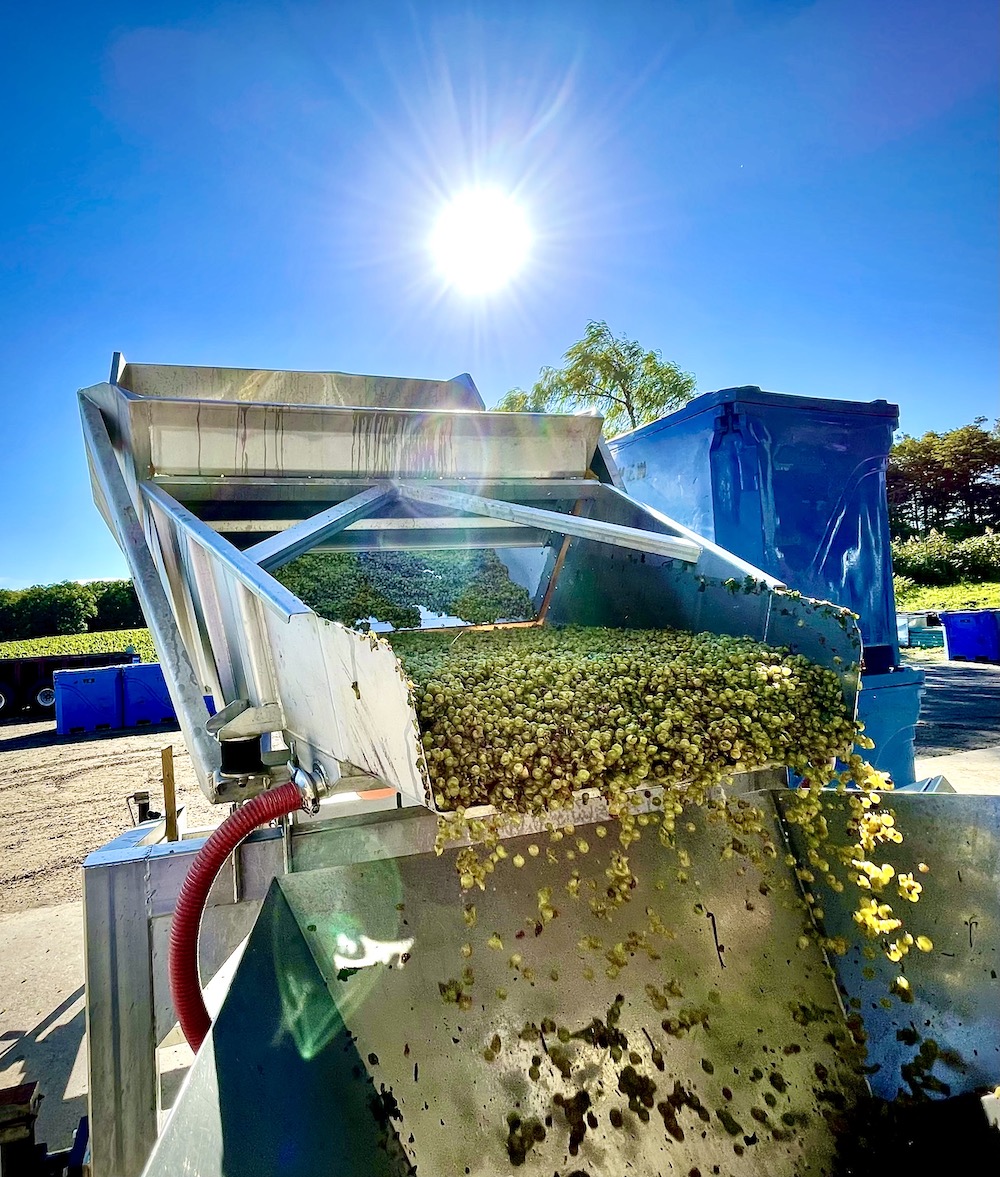
Following the grape surplus story, I was inundated with comments, phone calls and private messages from exasperated growers who just wanted to vent about the unfortunate position they are in, the biggest wine glut since 2008. The most disturbing comments from a few growers raised the possibility of a grower pull-out program, a desperate move that would remove wide swaths of perfectly good vineyards for years to come. I know it’s out of frustration to even raise the notion of pullouts, but grape surpluses have a direct hit on a grower’s livelihood, especially following a shortfall in 2022, and to even contemplate good fruit rotting on the ground is about as bad as it gets.
A few of growers mentioned Riesling as an easy target for any sort of pullout because wineries just aren’t buying purchasing it like they used to, and consumers have turned away from it. Even though it is the second most planted variety in Ontario behind Chardonnay, it has been increasingly shunned by consumers over the years. You can see it in the deep discounting of Riesling from some wineries who look to the secondary agency market to sell it at half the price, the stories of thousands and thousands of litres of Riesling sitting in vats with no takers, and the lack of marketing support behind the grape.
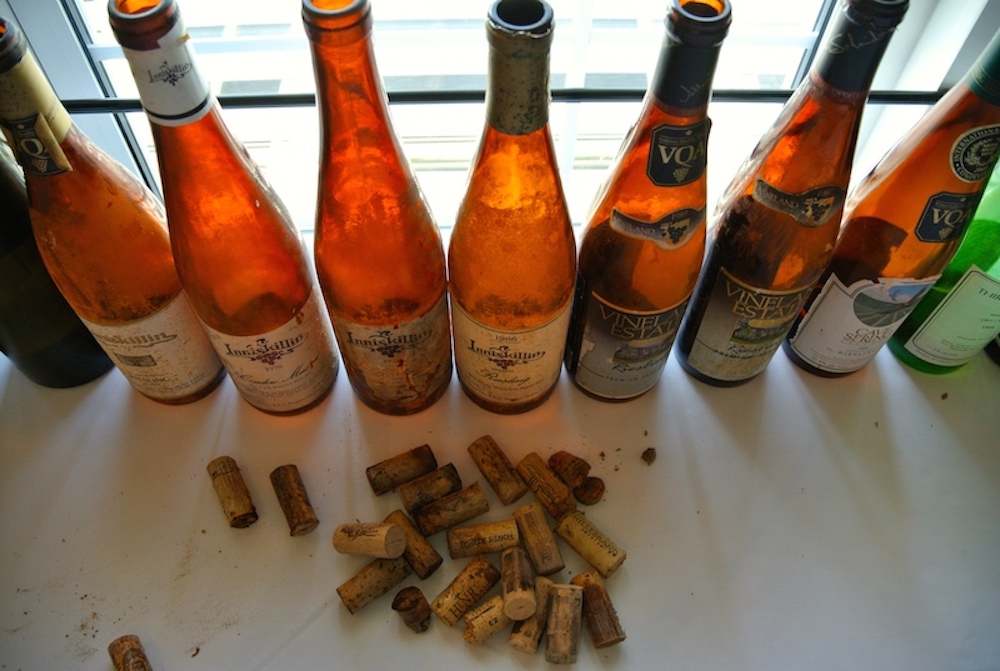
There are myriad reasons for consumers turning away from Riesling, of course, and they have been reported on ad nauseam — identity problems, simple, too sweet, don’t know what’s in the bottle and on and on. All of it legit and all of it seemingly beyond fixing any time soon.
I asked one of Niagara’s biggest supporters of Riesling, Vineland Estate winemaker Brian Schmidt (below), for his thoughts of Riesling’s identity crisis. Schmidt is a champion of the grape and has made it in more styles than anyone else in Canada to delicious results.
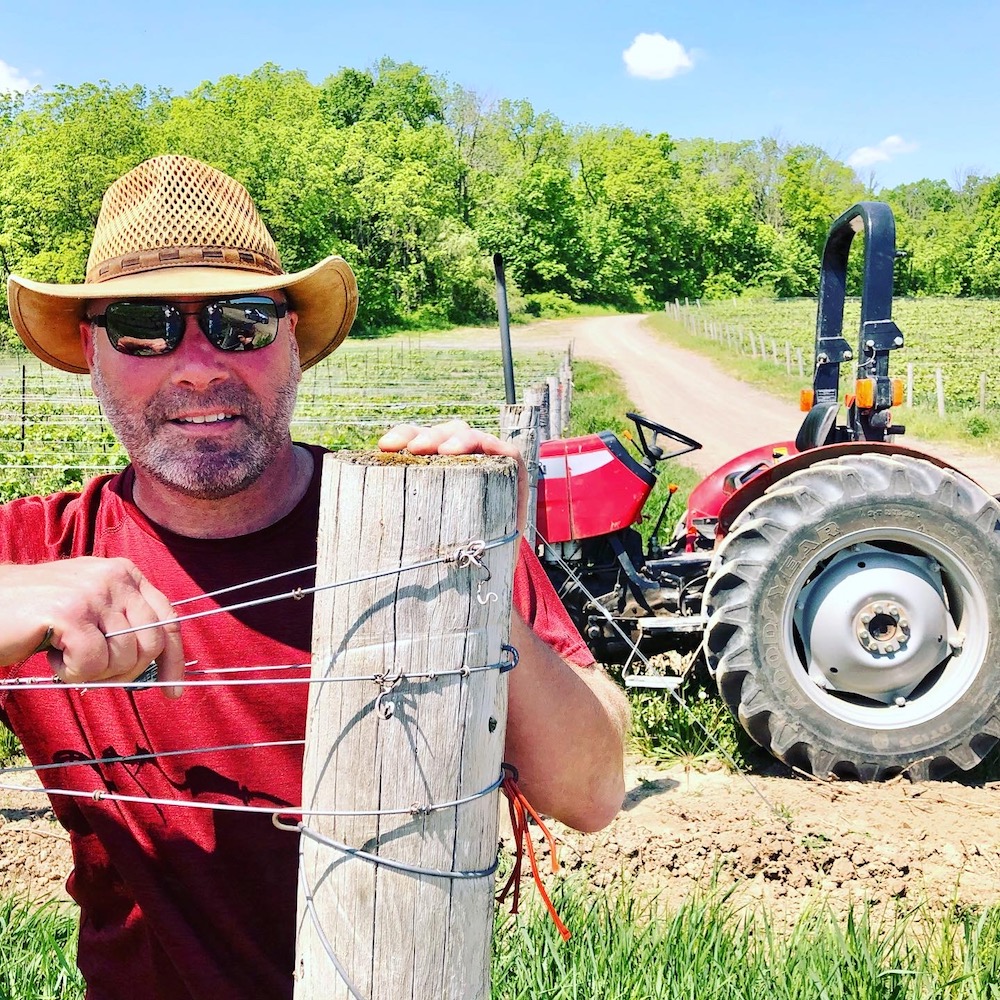
“Riesling is certainly a shapeshifter and I suspect consumers may have a lack of confidence when making a first-time buying decision,” he said. “Riesling can take on many different personalities, regional styles, growing decisions, winemaking styles.” He also added that Riesling will significantly change and evolve in the bottle as it ages.
“Our experience in the tasting room would demonstrate there are two distinct buyers of Riesling,” Schmidt said. “Older, more established drinkers gravitate to drier Riesling with more traditional aromatics (savory, honeycomb, touches of petroleum). Younger consumers are more interested in enjoying Riesling when youthful, fresh (fruitier/sweeter) … those last two descriptors can sometimes be conflated.”
He said that as a winemaker, it’s difficult to “be all things to all people. Once a consumer finds a Riesling that suits their palate, they generally stick with that wine brand. Only a small percentage of consumers are curious to explore other examples.”
I am an unabashed fanboy of Ontario Riesling. I absolutely adore how it ages so well, how fresh, and lively it is and how it expresses the minerality and terroir of Niagara, its sub-appellations and specific vineyards. I whole-heartedly agree that you can’t be guaranteed a great Riesling by cold calling any winery in Ontario and buying one without trying it. You need to find the style that suits you and embrace the winemakers who craft that style, as Schmidt points out above.
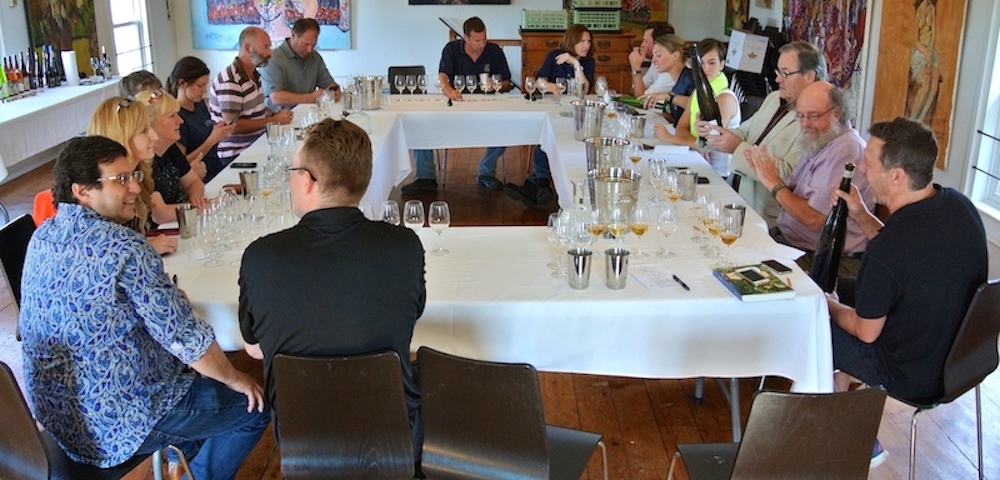
I have helped to conduct two major Niagara Riesling tastings in the last 15 years with bottles tasted from as far back as the 1970s and can tell you that no other variety in Niagara ages as gracefully as Riesling does. Stored under perfect conditions, these Niagara Rieslings are profoundly complex and interesting from the moment they are released to as long as you are willing to cellar them. Show me another wine in Niagara that does that. I dare you.
Niagara Riesling has a rich history. In the mid-1970s, when Ontario’s modern wine renaissance began in Niagara, this food-friendly grape topped the list of vinifera plantings. It seemed a natural location for Riesling, Europe’s great hardy northern grape. In 1976, the first Riesling was planted at Vineland Estates on the benchland of the Niagara Escarpment (the same limestone ridge over which the mighty Niagara Falls tumble). The vines came from Herman Weis, a nurseryman in Germany’s Mosel Valley and many of Ontario’s finest Rieslings, made first by Allan Schmidt and later (and presently) by his brother Brian Schmidt from the famed St. Urban Vineyard, are still crafted at the winery.
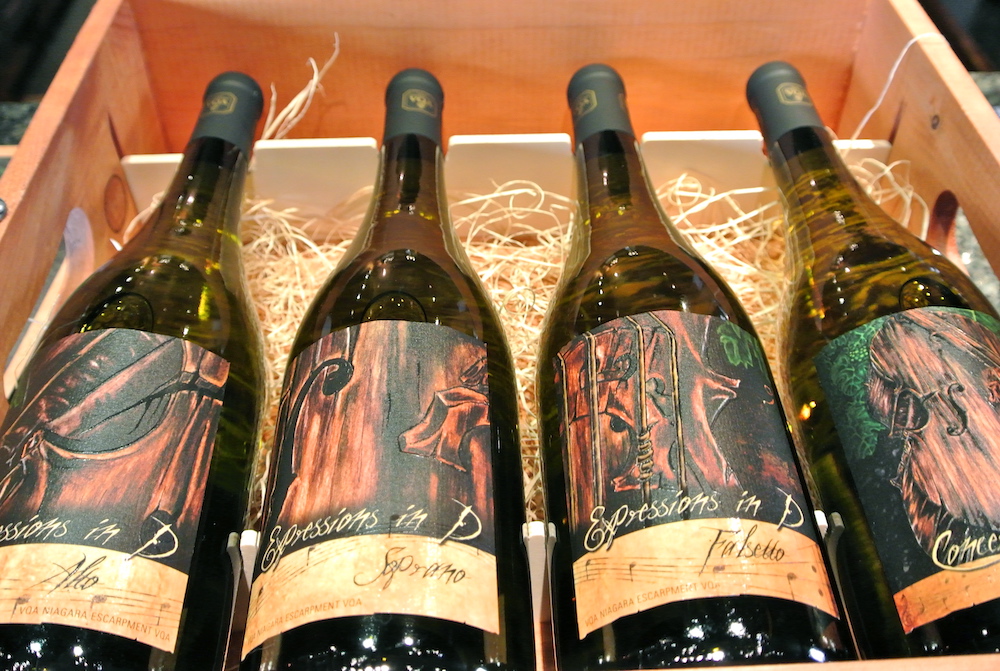
I recently opened a bottle of Schmidt’s Riesling from the same vineyard where it all began nearly 50 years ago. It was from a four-bottle set, an exploration of three different parcels of the St. Urban Vineyard (and a blend of the three), from 2009, that, quite frankly, was unbelievable. It prompted a further dive into the cellar for a couple more older Rieslings. Here are my thoughts on all three wines.
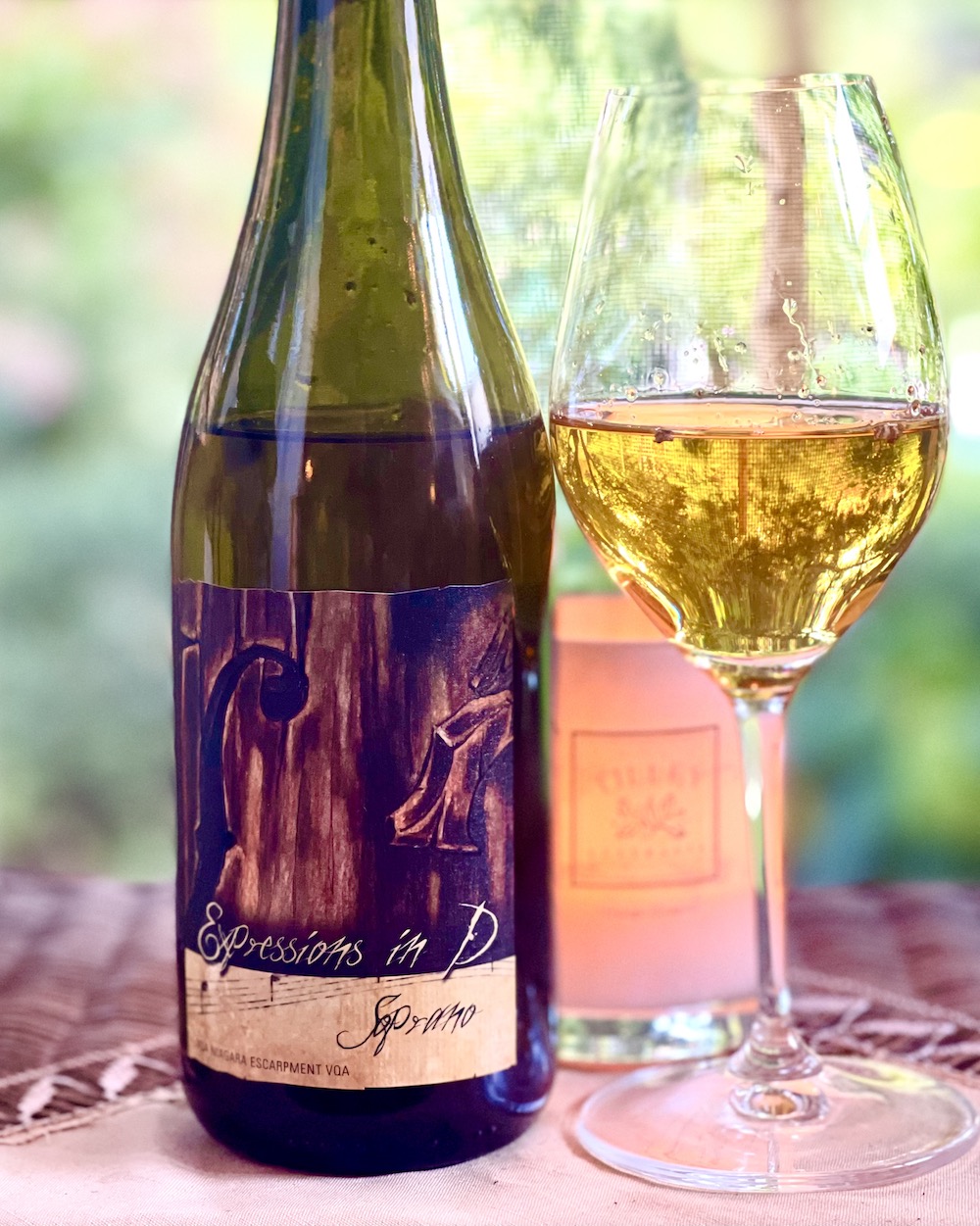
Vineland Estates Expressions in D Riesling 2009 — I wanted to open a nicely aged Niagara Riesling, and this caught my eye for one of our Thanksgiving wines. Such flavours of peach preserves, honeycomb, and nectarine with sweet citrus marmalade and still saline/stony minerality. The texture is silky, and the finish is still fresh from the elevated acidity. Incredible.
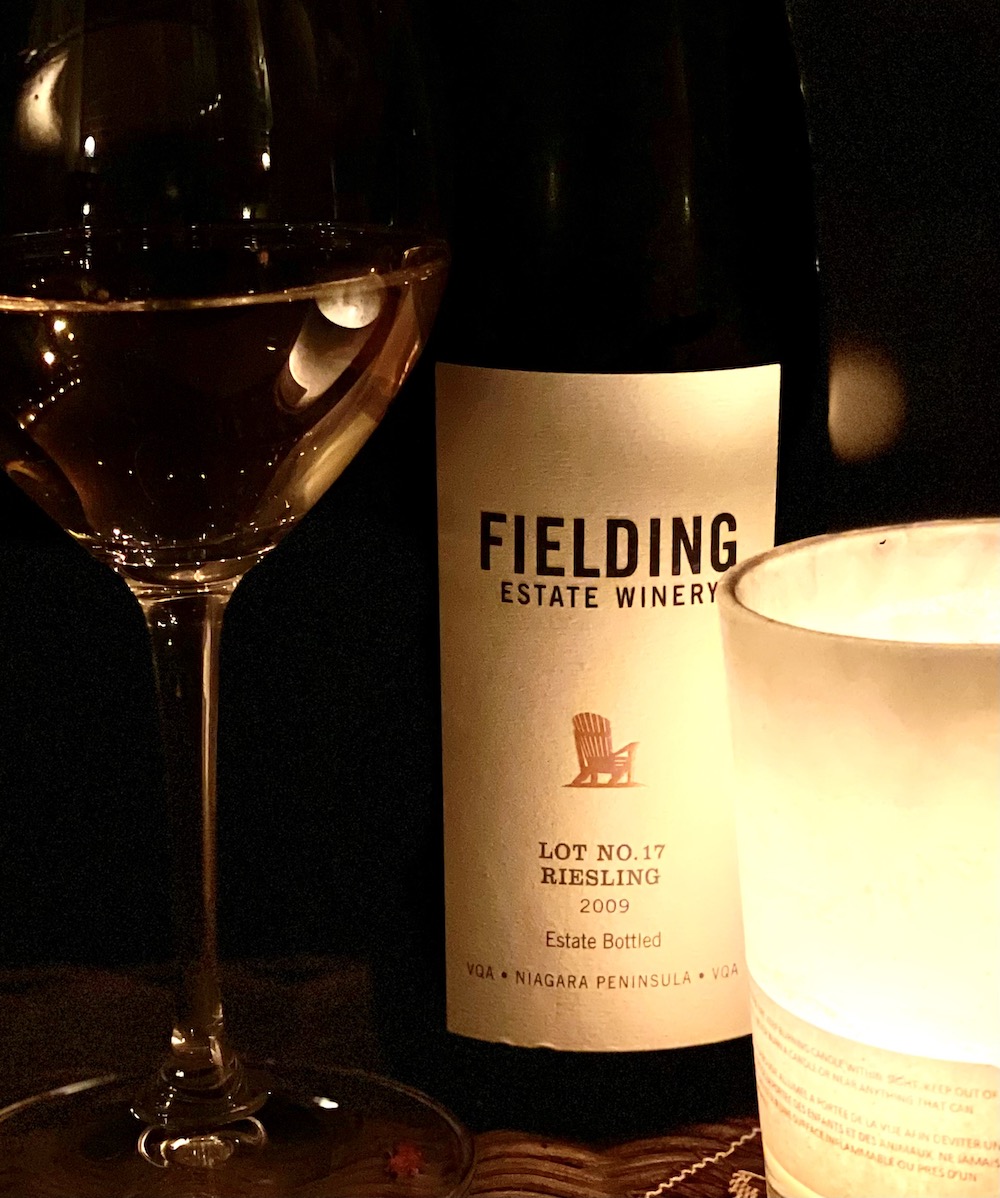
Fielding Estate Lot No. 17 Riesling 2009 — The Lot No. 17 Riesling is sourced from the oldest vines in the estate vineyard at the Beamsville Bench winery. The 17 rows are planted east to west as opposed to north to south like most of the rest of the estate. This isn’t quite as golden in colour as the Vineland Riesling above but has some of the same attractive attributes. It has a beautiful nose of honeycomb/beeswax and lanoline followed by peach pie, poached pear, lime, and crushed oyster shells. It’s mellow and more rounded on the palate with honey, ripe pear/peach fruit, lime cordial and still quite lively and developing, all driven by tingling acidity and a clean, fresh finish. No rush to finish these up if you have any.
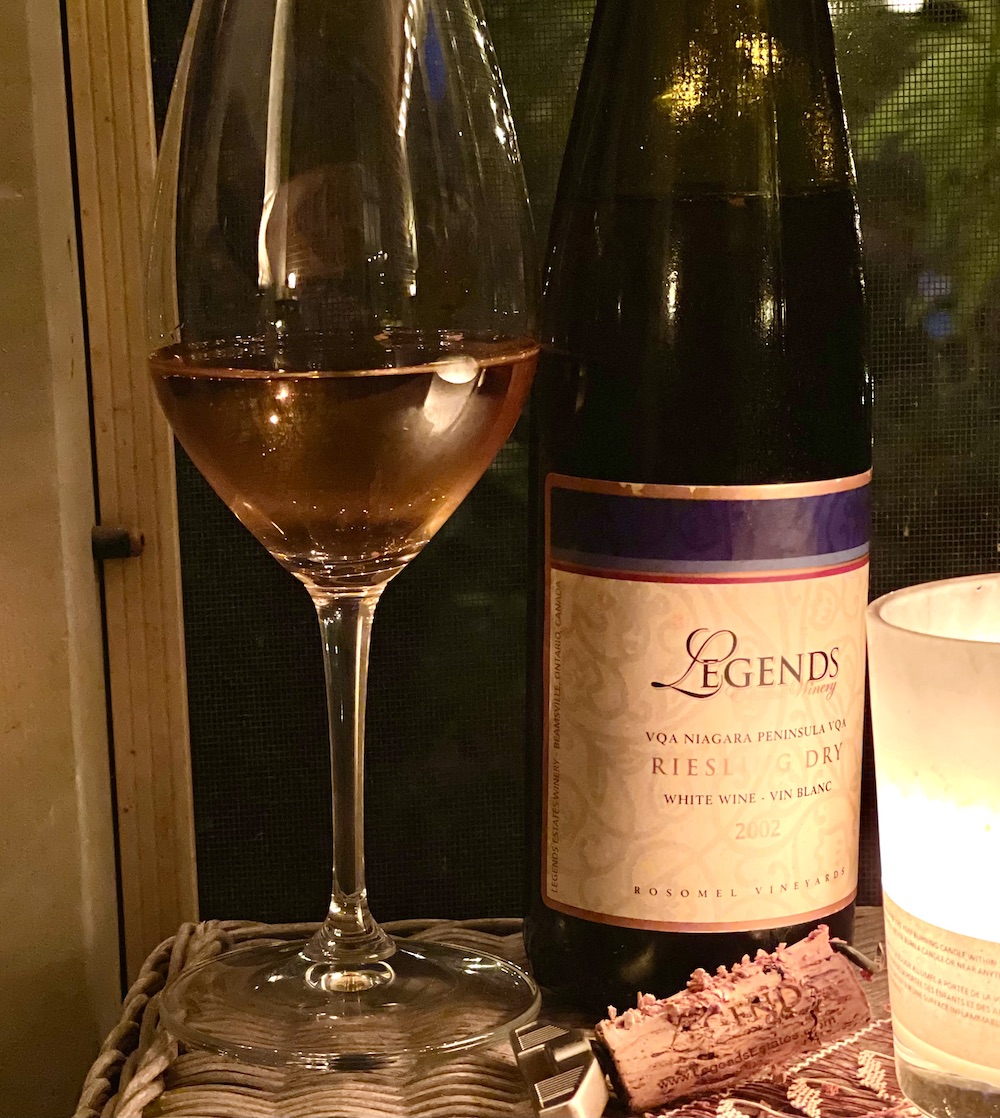
Legends Riesling Dry 2002 — This drier style of Riesling, sourced from the famed Rosomel Vineyard planted by Roman Prydatkewycz in 1976 and sold to Hidden Bench in 2002, is a classic example of how Niagara Rieslings age so well. With two decades of age, there is still freshness and verve with a nose of mulled citrus/marmalade, peach preserves, wet stones, floral notes, and subtle ginger spice. It’s perfectly dry on the palate with lingering acidity and a mélange of orchard fruits, stony minerality, savoury accents, just a subtle note of petrol, and a clean, bright finish. It’s just past primetime, but a lovely example of aged Riesling. This was finished with cork, which came out without any issues, while the Fielding was in screwcap and the Vineland in cork, which crumbled a bit).
A special Riesling coming to
Vineland wine club members
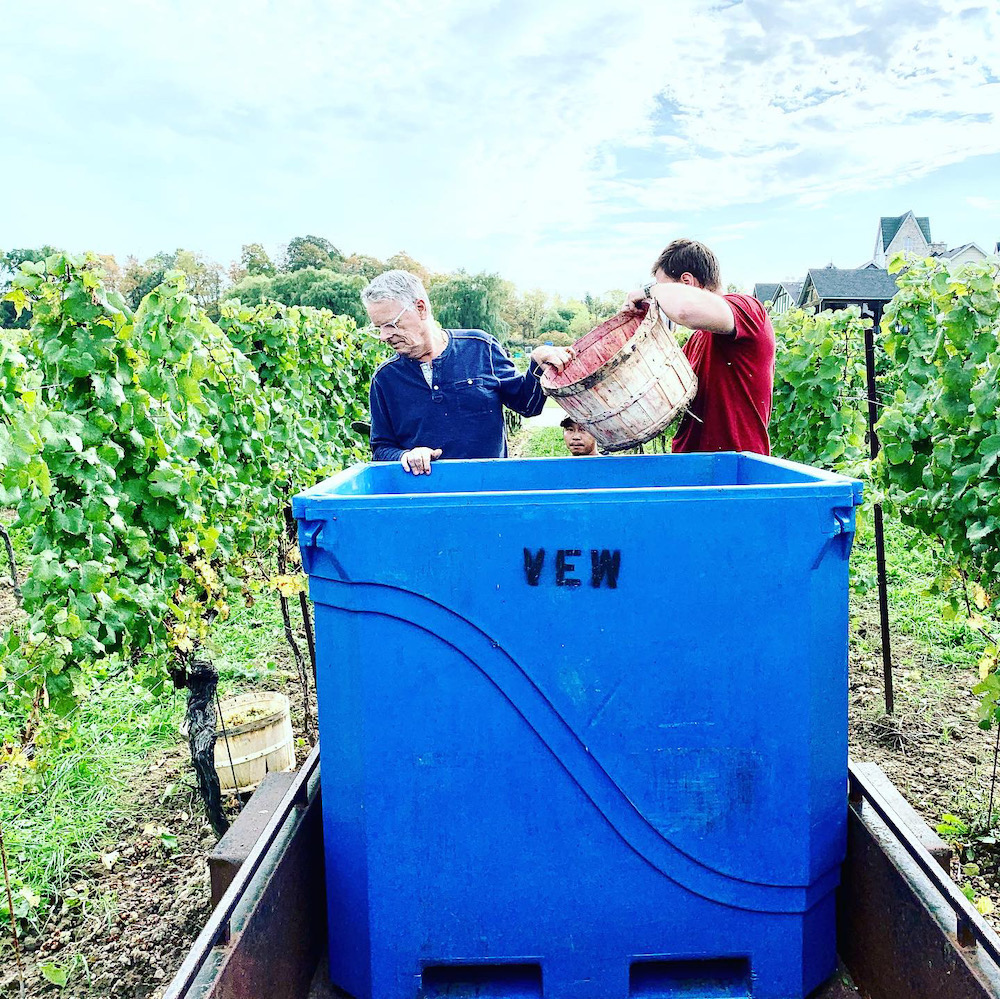
I have been fortunate to be involved in the creation of only two Niagara wines, and both were in collaboration with Vineland Estate and the Riesling grown in the historic St. Urban Vineyard. In the photo above and the photo at the very top of this post, that’s Vineland assistant winemaker Tobias Fiebrandt, and yes, me above with Fiebrandt, harvesting the 2021 Riesling. The latest wine created is a super dry example of Riesling with aging potential made from the 2021 vintage. I know it’s weird that I’m reviewing a wine that I had a very small hand in, but I did not assign a score, just my impressions of it.
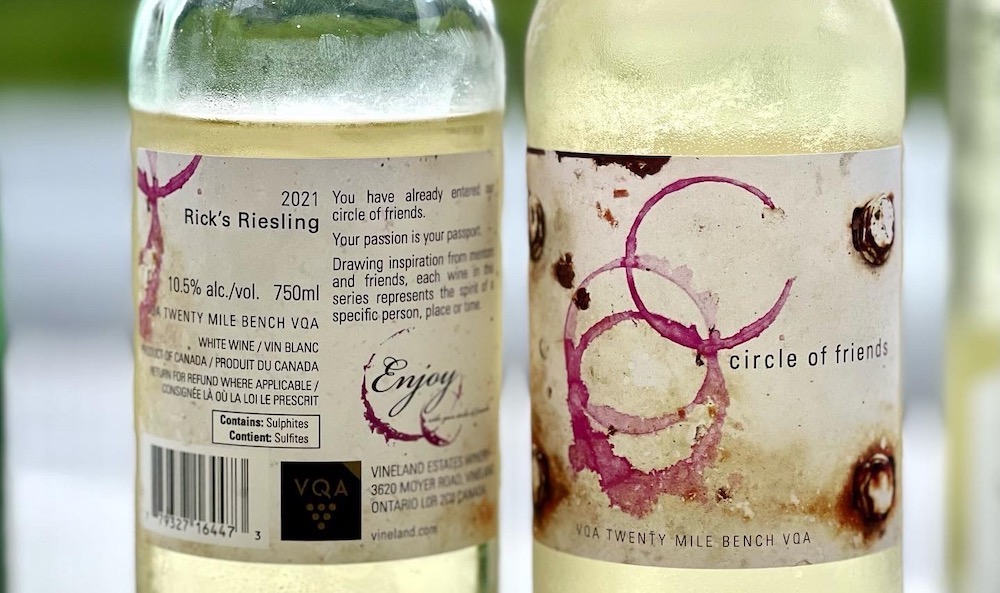
Vineland Estates Circle of Friends Rick’s Riesling 2021 (part of an upcoming wine club release) — It has a pretty, floral nose with stony/saline notes, savoury lime, lanolin, and fresh apple slices. It’s tart and super dry with a racy saline quality, leesy notes, fresh apple and lime, stony/chalky notes and ginger that walks a tight rope of acidity through a steely finish. It’s reminiscent of Germany’s top GG (Grosses Gewächs, or “great growths”) designation, which are always vinified completely dry with acidity often described as searing. This savoury/tart beauty will not appeal to everyone, and likely needs at least a little time in the cellar, but it sure hits all the right notes with me. Oysters, you have a new best friend!
Two new wines from PEC’s Lighthall
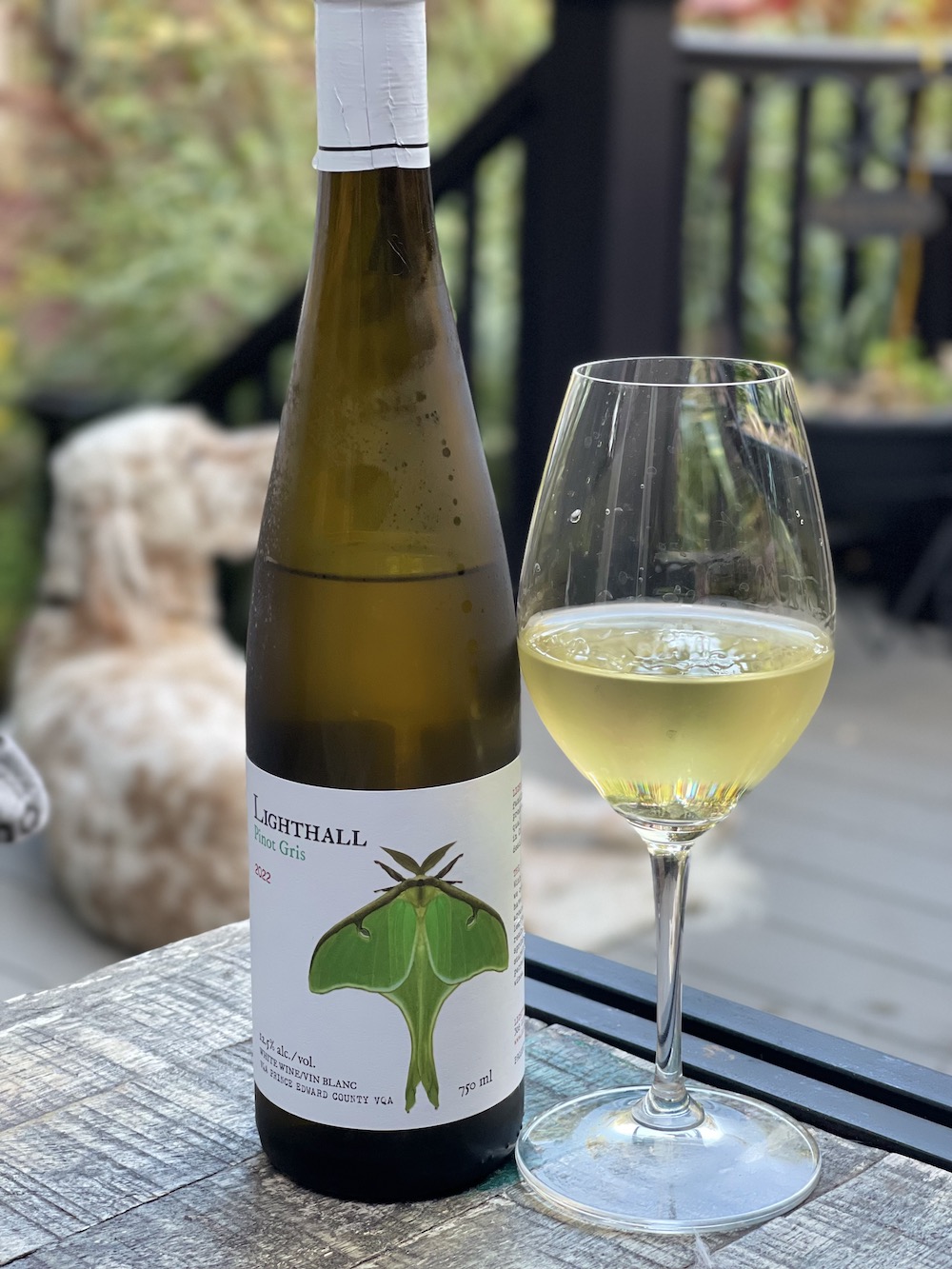
Lighthall Vineyards Pinot Gris 2022, Prince Edward County ($28, 90 points) — A truly minerally expression of County Pinot Gris with a nose of chalky/saline notes, peach, melon, grapefruit zest and fresh pear. It has lovely texture on the palate and subtle spice notes from fermentation in French oak with wet-stone minerality, ripe and pure orchard fruits, citrus zest and a crisp, bright finish.
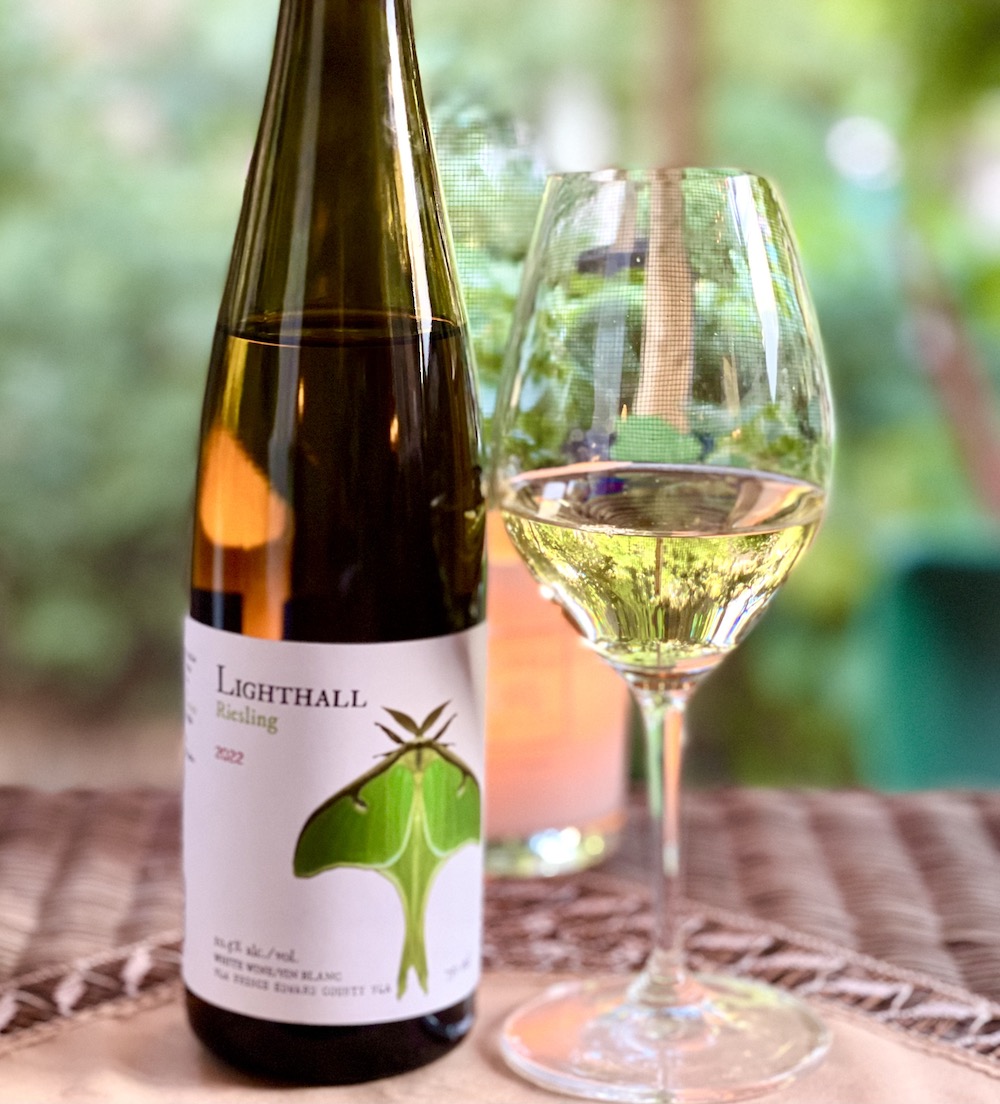
Lighthall Vineyards Riesling 2022, Prince Edward County ($28, 91 points) — Another minerally rich aromatic white from Lighthall with a nose of crushed oyster shells, salinity, lime, pear, peach skin, and nectarine. There’s tension between the sweet and tart grapefruit, lime, green apple and pear with a stony mineral edge and sizzling acidity on the finish.
Our picks from the Niagara wines
coming to Vintages stores Saturday
There are some lovely Niagara wines being released in the Oct. 21 (Saturday) LCBO release at Vintages stores. Here’s what we can recommend.
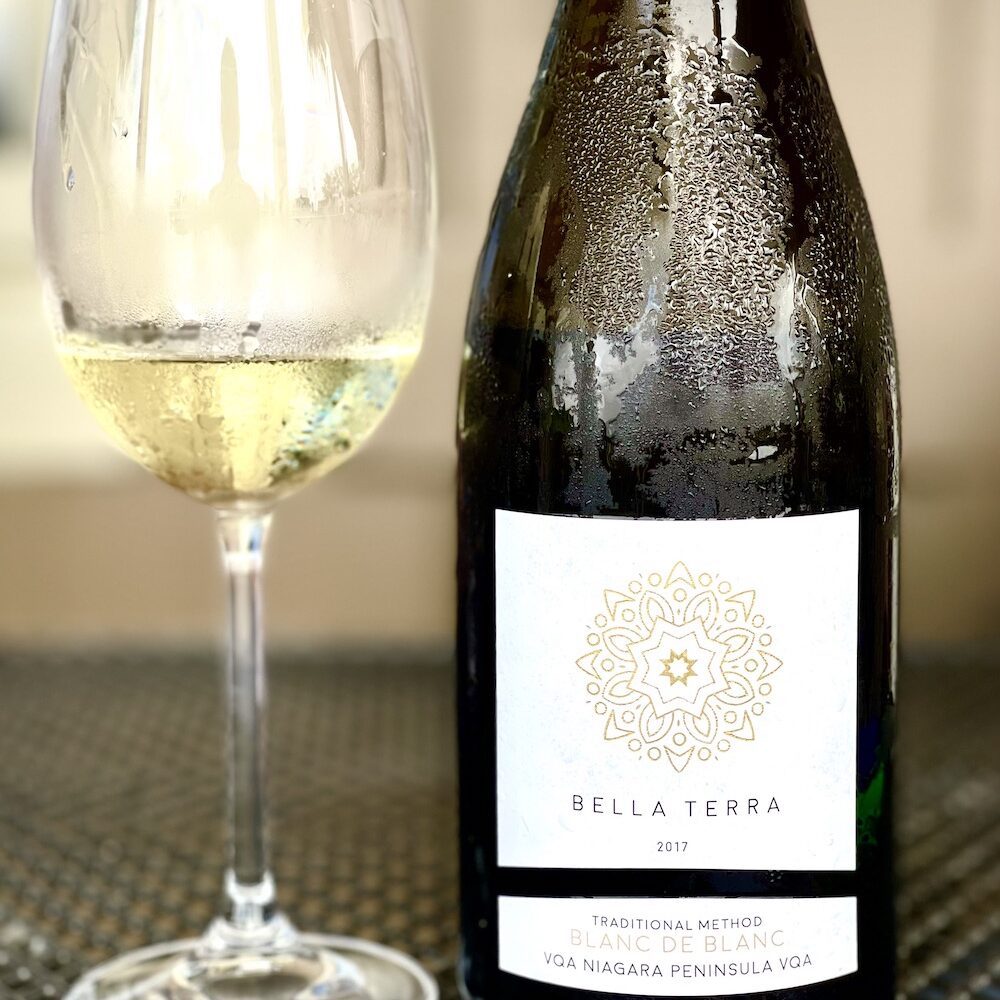
Bella Terra Blanc de Blanc 2017 ($40, 92 points) — This is the second vintage for the traditionally made 100% Chardonnay. It sits on the lees for three and a half years and receives a modest dosage of 4 g/l. “I’m just trying to make a well-balanced, well-made wine,” says winemaker Fred DiProfio. There’s an intriguing autolytic/biscuit note to start on the nose followed by green apple, lemon zest, fuzzy peach, and pear with a subtle note of brioche. It’s full of life on the palate with an elegant bead in the glass and rich, biscuity notes mingling with orchard fruits, citrus zest, and a fresh, vibrant finish. Top-notch bubbles here.
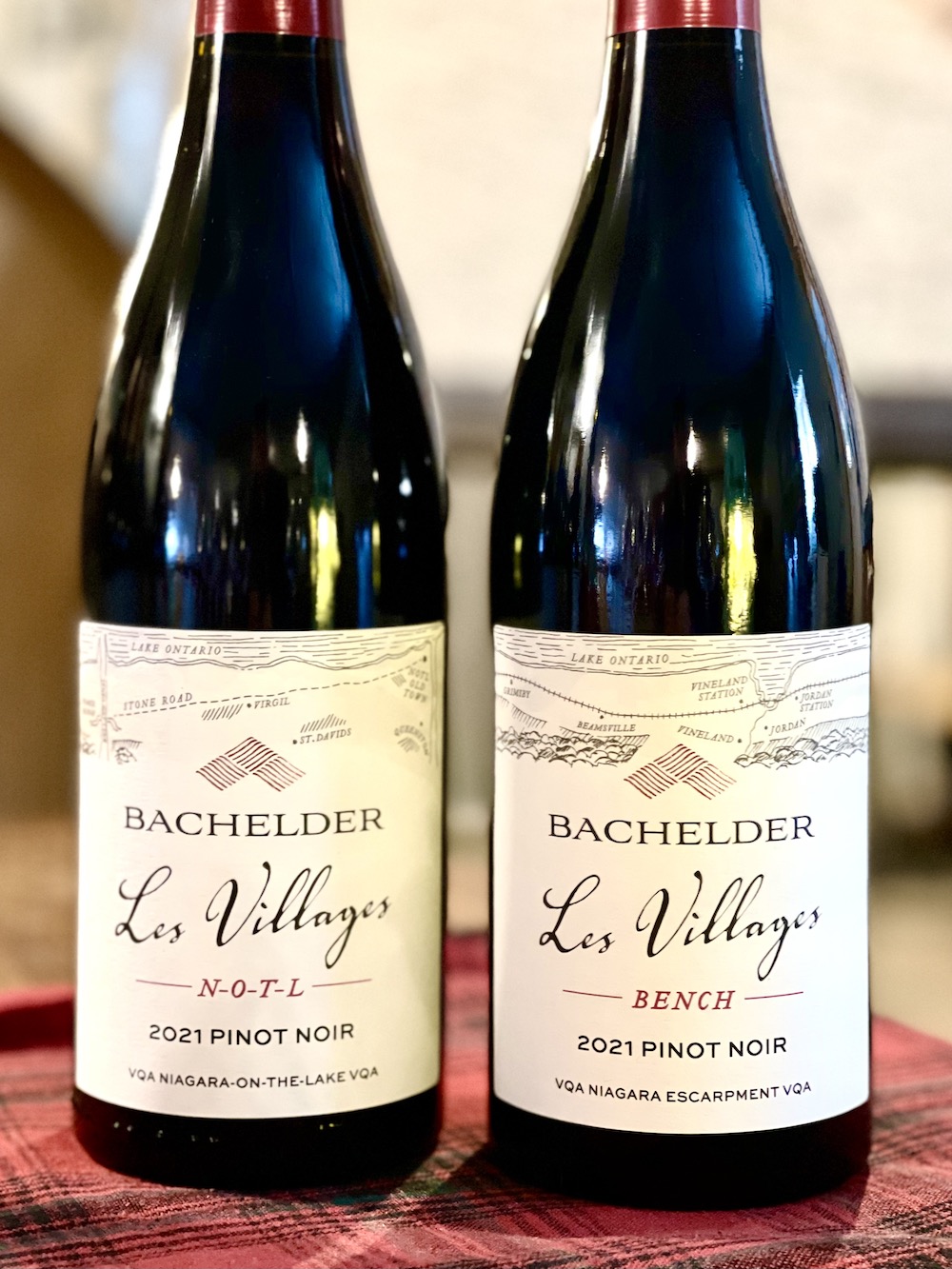
Bachelder Les Villages Bench Pinot Noir 2021 ($34, 91 points) — The Bench Pinot is sourced from the Wismer-Parke, Wismer Wild West End, Saunders, and McNally vineyards. It shows a little lighter colour in the glass than the NOTL Pinot but nose lights up with bright cherries, fresh-picked raspberries, and integrated spice notes. It’s riper and denser on the palate with a melange of red berries, a touch of anise, smooth tannins, and lip-smacking freshness on the vibrant finish.
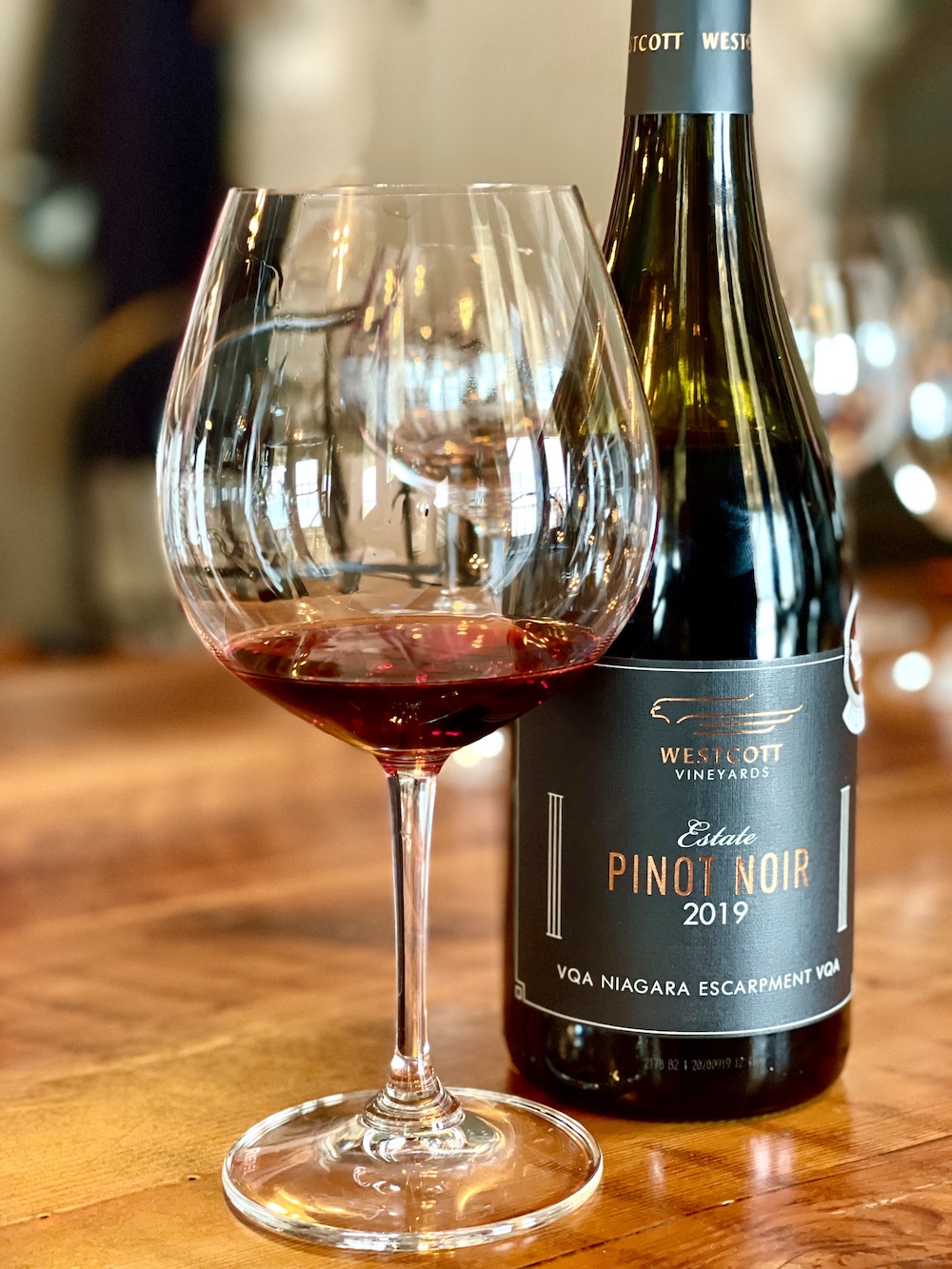
Westcott Estate Pinot Noir 2019 (92 points, $32) —One of the many things this estate has accomplished in its 10 years of operation is being able to hold their wines in bottle so consumers can feel confident in drinking it upon release. The 2019 estate Pinot, a blend of the estate’s Westcott Home Farm vineyard and Butlers’ Grant, is 30% whole cluster fermented with wild malolactic fermentation. It was fermented in 100% French oak, of which 20% was new, and aged for 22 months. Such a gorgeous nose of pretty red berries, black raspberries, seductive Pinot perfume notes and perfectly integrated spice notes. It’s nicely integrated and balanced with bright red berries, anise, fine tannins, some structure, a pinch of spice, subtle earthy/savoury notes, and a bright, finessed finish. Very nice Pinot that represents the house style. Can still cellar 5+ years.
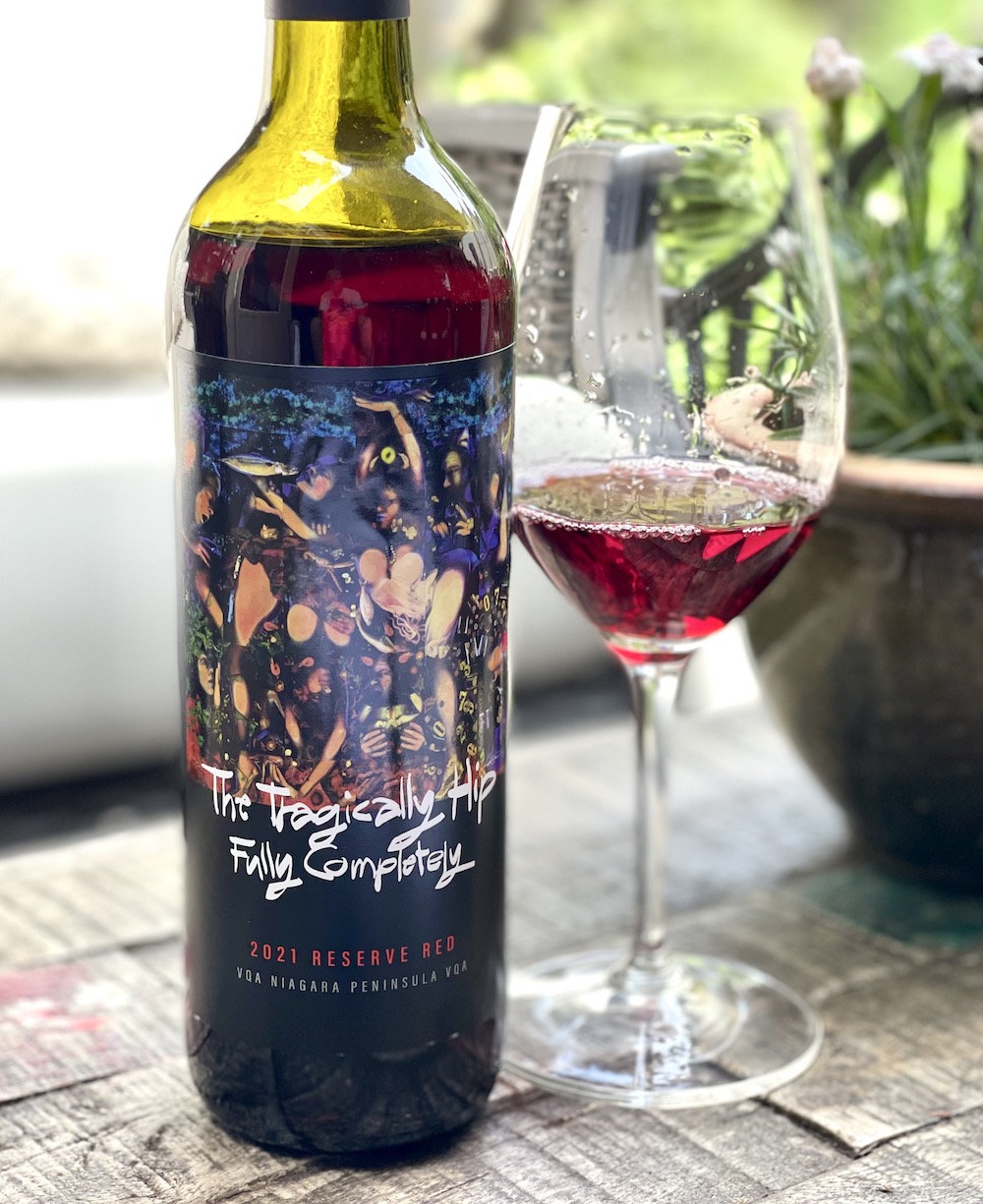
The Tragically Hip Fully Completely Reserve Red 2021 ($25, 90 points) — This is the third iteration of the reserve red in the Hip series originally created to commemorate the Canadian band’s announcement of the re-release of their legendary album Fully Completely and 2015 North American Tour. The wine was co-created by band members Gord Downie, Paul Langlois, Rob Baker, Gord Sinclair, and Johnny Fay in conjunction with former Stoney Ridge Head Winemaker Jeff Hundertmark. It’s a Bordeaux-variety blend of 48% Merlot, 27% Cabernet Franc and 25% Cabernet Sauvignon from grapes harvested from a single vineyard in the western end of the Niagara Peninsula. It shows a light shade of red but the juicy nose of dark berries, black raspberries, brambly/earthy notes, cedar plank, and oak spices jump from the glass. The red fruits and dark plums on the palate are well integrated with interesting anise/licorice and smoky/toasty oak spice notes adding complexity and interest. It finishes with vibrancy and length. Pair with your favourite Spotify Hip playlist and enjoy!
Also released, but not reviewed by Wines in Niagara:
• Domaine Queylus Tradition Pinot Noir 2021 ($36,
• Henry of Pelham Speck Family Reserve Cabernet/Merlot 2019 ($48)
• Kew Vineyards Pinot Noir 2019 ($25)
• Fogolar Chardonnay 2018 ($18)
• Henry of Pelham Speck Family Reserve Chardonnay 2022 ($35)
• Kew Vineyards Marsanne 2019 ($20)
• Organized Crime The Mischief 2021 ($20)







Comment here